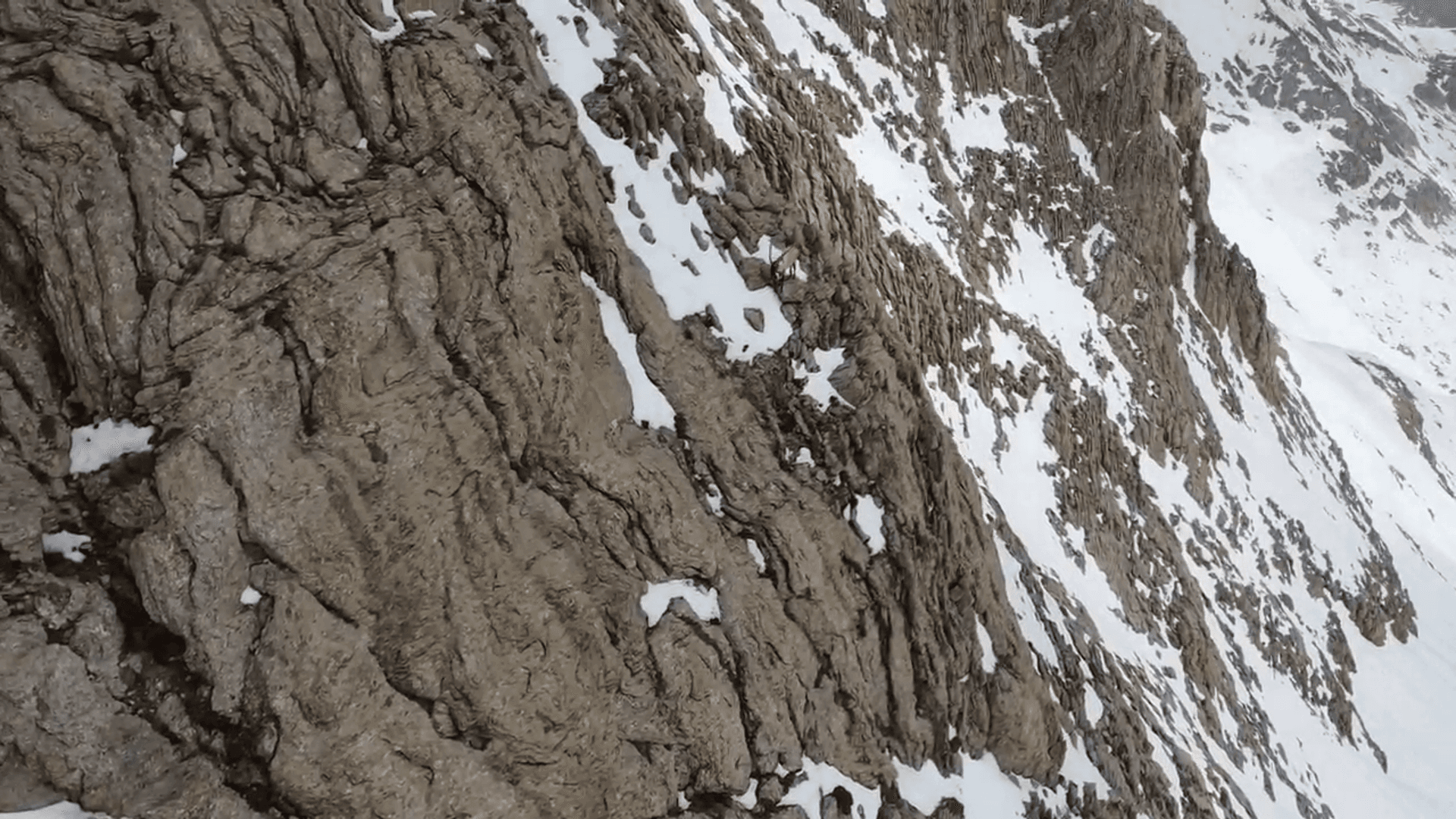
Hunting Seasons in ONTARIO: Must-Know Regulations, Key Timelines and Traditional Hunting Events Ontario offers some of the most diverse hunting opportunities in North America, with its vast wilderness spanning over 1 million square kilometers. Understanding seasonal patterns, legal requirements, and practical strategies is essential for both local and international hunters. General Rules and Hunting Periods in Ontario The province follows a well-defined seasonal structure. Spring bear season runs mid-April to mid-June, followed by fall bear hunting from August 15 to October 31. Moose season typically takes place September to November, depending on the zone. Deer hunting includes an archery season starting in September, with rifle season beginning the second week of October. Waterfowl hunting spans early September to late December, while small game seasons vary widely by species and region. These dates are set by the Ontario Ministry of Natural Resources and Forestry (MNRF) through
Post: 18 August 10:24
















































